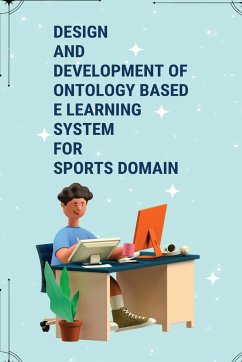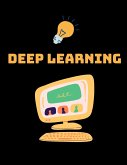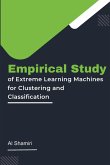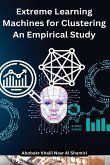E-learning is an Internet-based learning process; it uses internet technology to design, implement, select, manage, support and extend learning, which will not replace traditional education methods, but will greatly improve the efficiency of education. E-learning has a lot of advantages like flexibility, diversity, measurement, openness, and etc. It will become a primary way of learning in the 21st century. Artificial Intelligence (AI) along with internet technology is known as the semantic web, which is the most interesting and evolving technology for e-learning. It is about making the web more understandable by machines, through an appropriate infrastructure for the intelligent agents to move around the web to perform any complex task for their users. E-Learning has grown organically without a clear picture of the components of a typical E-learning system. E-learning in this work provides training activity for the sports domain. This aims to provide the learning activity for various learners of the sports community from different sports domain such as games and athletics. In this E-learning system, the instructor and the learner are the active participants. The E-learning system takes either the asynchronous mode of training or the synchronous mode. The instructor gives training based on the knowledge of the learner through the E-learning system. There exist two types of E-learning system. In the first type, the two way communication takes place between the learner and the e-system, and in the second type it is between the learner and the instructor through the E-learning system. The total framework of the E-learning system is deployed based on the learner's key. Based on the key value the E-learning system searches the respective sports domain ontology. If the system is able to find out the correct ontology, then the output will be sent to the learner. The output of the ontology is stored in the query template. In case the user requires detailed learning content based on physiological variables, then the request is sent to the Constraint Satisfaction Problem (CSP) solver which solves the physiological variable and physical activity constraints. The CSP solver performs two tasks, viz CSP and Planning and Scheduling.








